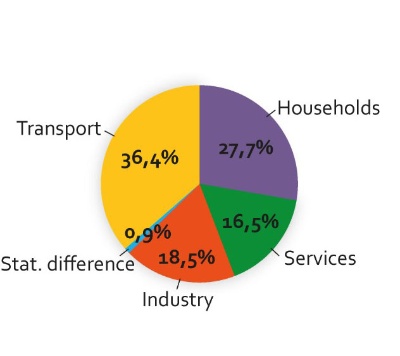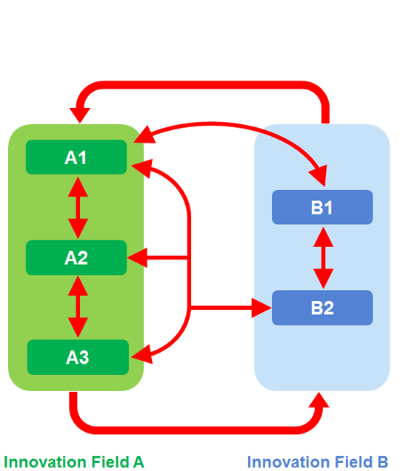SCCER Mobility in a nutshell
The Swiss Competence Center for Energy Research - Efficient Technologies and Systems for Mobility (SCCER Mobility) is a research program, which initiated in January 2014 and received continued funding until 2020. The central aim of the program is to foster research and develop competences in selected thematic areas where new solutions and products need to be developed in the near future to drastically reduce energy consumption and CO2 emissions as well as other pollutants in the Swiss transport sector.
With the overarching goal of developing technologies and creating the knowledge necessary to address the future environmental and energy related challenges in the Swiss transport sector, synergies are created between five areas of research. These so-called Capacity Areas serve as platforms bringing together research teams from all around Switzerland, from the ETH-Domain as well as from universities of applied sciences and cantonal universities. In this sense, SCCER Mobility is unique not only because it is a collaboration between different academic institutions, but also because involved researchers represent various disciplines (engineering, natural and socio-economic sciences). In addition, many relevant Swiss and foreign companies from industry actively participate in this long-term effort towards sustainable mobility.
Mobility in the energy landscape
In 2015, the transport sector accounted for about 36% of the total energy consumption in Switzerland. Oil-based fuels satisfy the grand majority (96%) of the mobility energy demand, producing about one third of the greenhouse gas emissions in Switzerland. Therefore, any optimization in the mobility sector is of highest importance regarding CO2 and pollutant emissions, as well as an overall reduction of the energy demand. It is an explicit target of the new Swiss energy and climate policy to radically reduce CO2 emissions in the mobility sector, partly also in order to compensate an expected increase in CO2 output in the electricity sector should imported electricity or gas power stations replace current nuclear power plants to some extent.
Image: Energy demand by sector in Switzerland in 2015. Source: Swiss Federal Office of Energy (BFE), 2015.
The Swiss Energy Strategy 2050 aims at reducing energy consumption of passenger mobility by 44% and of freight transportation by 25%. There is a high potential to reduce CO2 emissions on the level of vehicle technology by improving efficiency and employing alternative power trains and fuels. Another potential lies on the level of the entire mobility system, as its optimization can already reduce emissions and energy demand substantially. In order to tap into these possibilities, an integrated approach combining technology, economic and environmental aspects is required.
Structure
Thematically, SCCER Mobility is divided into two Innovation Fields, which in turn are composed of the five Capacity Areas.
Innovation Field A: Components Devices and Processes
Capacity Area A1
Systems and Components for E-Mobility
Capacity Area A2
Chemical Energy Converters
Capacity Area A3
Minimization of Vehicular Energy Demand
Innovation Field B: System Aspects of Mobility
Capacity Area B1
Design, demonstration and dissemination of systems for sustainable mobility
Capacity Area B2
Integrated assessment of mobility systems
!!! This document is stored in the ETH Web archive and is no longer maintained !!!

